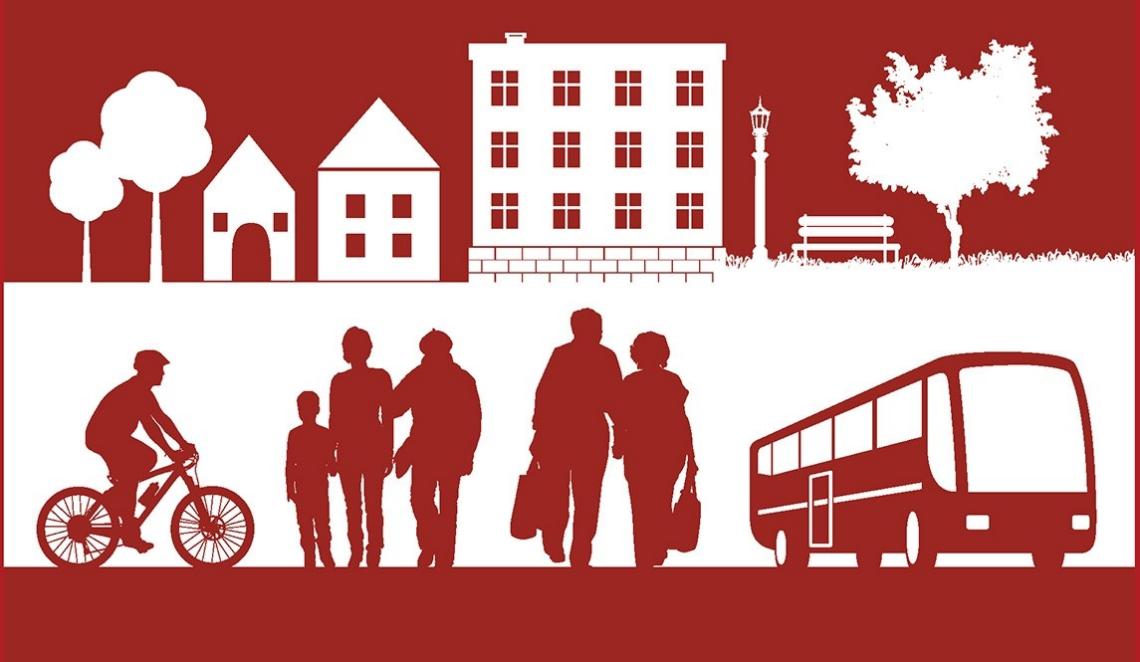AARP Hearing Center


The United States is in need of nearly 7 million more affordable housing units, reports the Pew Research Center. That shortage is particularly dire for the nearly 7 million adults who have intellectual and developmental disabilities (abbreviated as I/DD), whose added housing challenges range from a lack of financial and daily living supports to acceptance by neighbors.
In 2021, AARP Livable Communities published an award-winning article series about the worries of — and options available to — older adults whose grown children require ongoing care and parental involvement due to intellectual and developmental disabilities. The articles focused on the efforts of families to create housing options where their adult children can be cared for, thrive and live safely for the rest of their lives.
The motivation of parents to take the lead in developing housing solutions stems from the shared, inevitable and heartbreaking question that haunts every parent of a person with special needs: “What will happen to my child when I’m gone?”
In Connecticut, an innovative housing strategy referred to as "supportive housing" or "integrated supportive housing" (ISH) is creating apartment complexes in which a percentage of the units are set aside for adults who have I/DD. When needed, on-site, around-the-clock staff are available to help a resident in person or by using smart technology. The majority of the apartments in the development might be rented at market rates or at rates that are affordable for tenants with low incomes.
The replicable housing model — the result of partnerships between state social service agencies, nonprofit organizations and private developers — helps people with I/DD safely thrive in an accessible, community setting. It provides housing for small households as well as individuals. Local leaders implementing integrated supportive housing in Connecticut want to help others do the same in and beyond the state.
Relief for Parents, Independence for Their Adult Children


“The goal of supportive housing is to create an apartment community where people with and without intellectual disabilities can live in community together,” says Stephen Morris, executive director of Favarh (pronounced FAY-var), which is the Farmington Valley, Connecticut, chapter of The Arc, the nation's largest community-based organization serving people who have I/DD.
The chapter’s foray into supportive housing for people with I/DD began in 2007 in the town of Avon. “It was Connecticut’s first supportive housing model, although we didn’t call it by that name at the time,” says Morris. “Replication was a challenge because of the limited availability of vacant units in the same apartment complex.”
In 2015, Morris met Ken Regan, a real estate developer who has multiple sclerosis. With guidance from the National Multiple Sclerosis Society, Regan’s firm was creating specialty housing for people with cognitive and physical disabilities stemming from the central nervous system disease.
“Ken’s project sparked the idea that Favarh could do something similar for people with I/DD,” Morris explains. In 2018, the pair proposed I/DD-specific, community-integrated specialty housing to the Connecticut Department of Developmental Services.
What began as a demonstration project took off. In addition to the six apartment complexes where Favarh is or will be the service provider for I/DD tenants, 11 developments managed by other providers have been built or are slated to be built in the state.
Housing That's Safe, Affordable and Accessible


Most of the residents at the Favarh-affiliated housing developments are in their early 30s. The one- and two-bedroom apartments are designed to meet Americans With Disabilities Act standards. Some of the units have reinforced ceilings in order to accommodate lift systems, such as those that help a person get out of bed and into a wheelchair. Shared spaces in the complex are used for social gatherings and programmed activities.
Since the entire apartment complex is designated as an affordable housing option due to its below-market rents, all tenants must meet state income limits.


































































